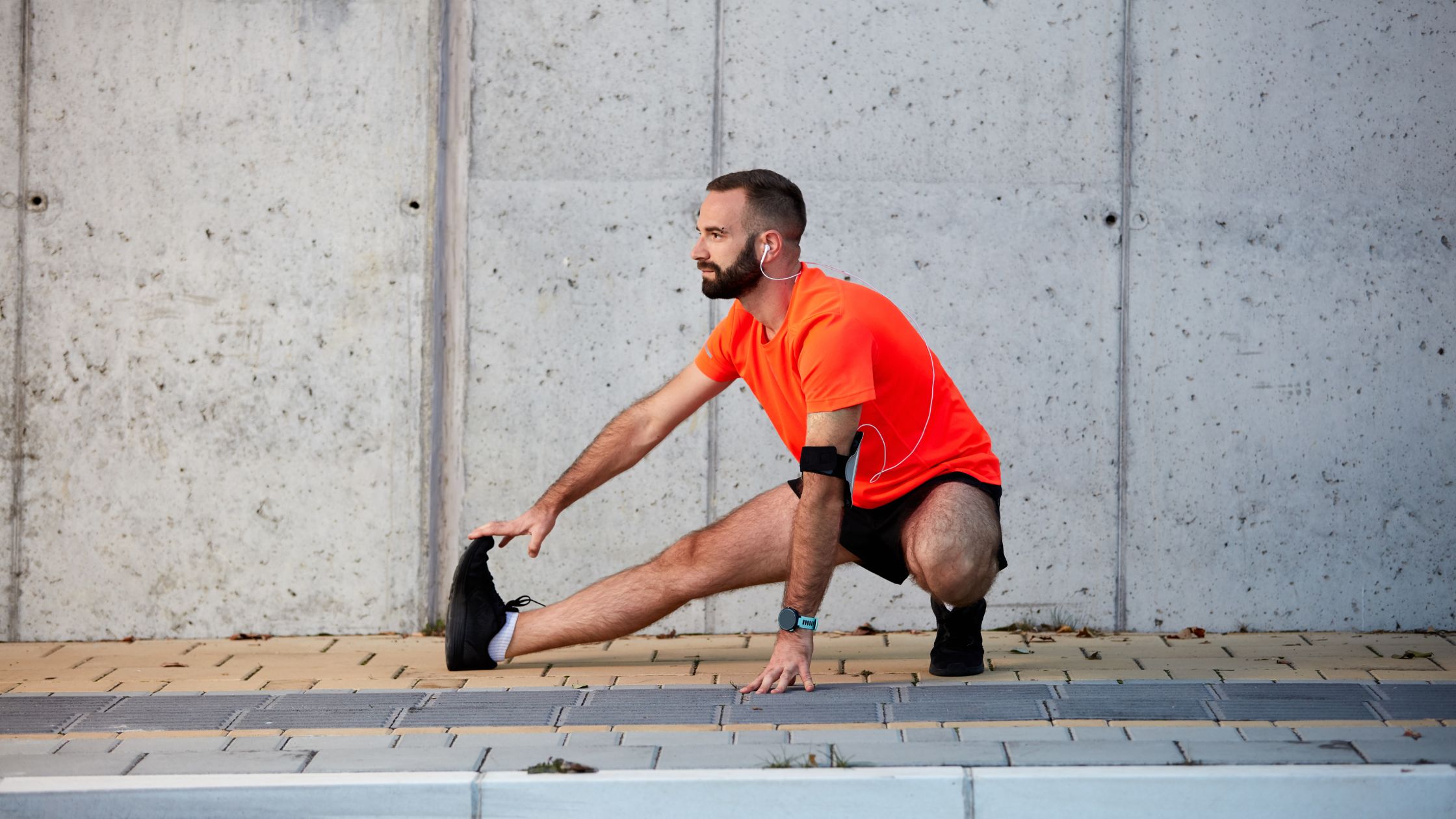Believe it or not, the pelvis is a valuable muscle for running. Of course, runners need a variety of muscles to strengthen — like the core, calf, glutes, and hip flexors, to name a few — to prevent themselves from getting injured. But the pelvis, and more importantly the pelvic floor, is a type of muscle that can cause all sorts of health problems. That’s why it’s crucial runners take care of it. And they can do so by seeing a pelvic floor physical therapist.
Pelvic floor therapy focuses on relieving symptoms of pain and discomfort in the pelvic region. By making the muscles work together the way they should, pelvic floor therapy helps ease symptoms and get people back to enjoying their daily routine — or runners enjoying their daily run.
What is the Pelvic Floor and How Does It Relate to Running?
The pelvic floor is a group of muscles and tissues located in the lower part of the pelvis. The pelvic floor supports the pelvic organs such as the uterus, vagina, bladder, and intestines.
Running can cause damage to a runner’s pelvis since this physical activity can directly pressure their pelvic area. If not taken care of, the pelvic floor will get weakened by all the excess pressure put on it. A weak pelvic floor can cause a variety of health problems like urine loss, discomfort during sex, back pain, constipation, an overactive bladder, and organ prolapse.
How Pelvic Floor Therapy Can Help Runners
Running causes the pelvic organs to bump against each other, leading to pain in a runner’s body. Focusing on toning and strengthening the pelvic floor can help runners experience pain-free runs.
Since a runner’s core is used to stabilize their pelvic and spine and produce power, runners should consider pelvic floor therapy to enhance the strength in their core. In turn, this will help a runner’s ground reaction force to travel up through their spine — as opposed to their pelvis — and lower their chances of getting injured.
Doing abdominal exercises can certainly help strengthen a runner’s core. Still, the key to having power and control while running is to work with the entire core (this includes the pelvic floor) while exercising and stretching. It can also help with total-body strength by targeting and treating pain in the hips and glutes.
Pelvic floor therapy can be extremely useful for runners who have experienced hip, high groin, or high hamstring pain. It can also help those suffering from low back or sciatic-type pain.
It’s important to note that it can overtrain the pelvic floor. Therefore, runners should loosen their muscles at the end of their exercise sessions to relax their pelvic floor.
Forms of Pelvic Floor Therapy and Its Benefits
A pelvic floor therapist will work with their patient to figure out the best method and treatment that is best suited to the nature of their problem. They do so by gauging how strong their patients’ core muscles are and how much core endurance they have. The pelvic floor PT may also check how coordinated their patients’ pelvic floor muscles are by having them do certain activities.
Treatment will most likely include external therapy, but it may consist of internal therapy — intervaginal for women and interrectal for men — as well.
Some types of pelvic floor therapy include biofeedback, trigger point therapy, Kegel exercises, soft tissues work, and stretching. These therapies work to show how muscles contract and relax, reduce tension in the tissue, and lengthen and relax the pelvic floor.
Pelvic floor therapy can help runners restore strength and tone, providing stability and ease when logging miles. Additionally, it can help relieve pain, loosen tight pelvic floor muscles, increase blood flow, and reduce trigger points.







